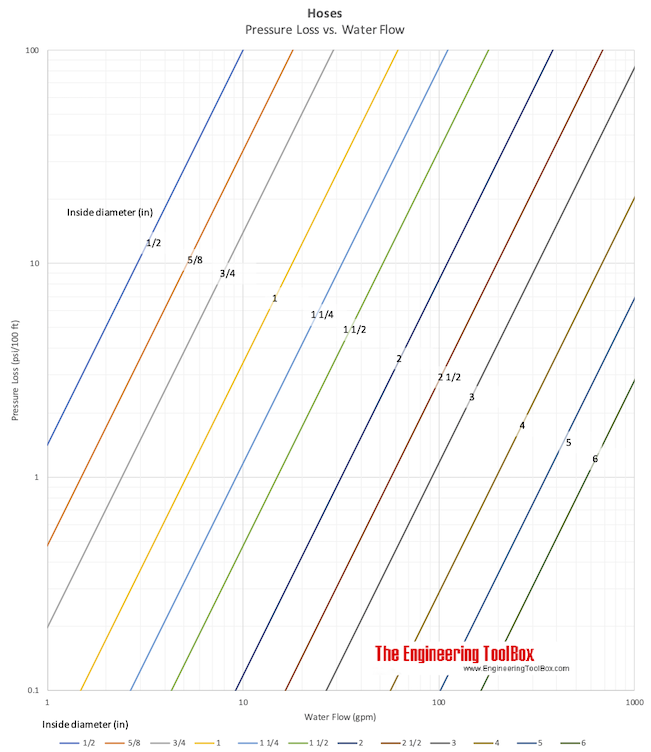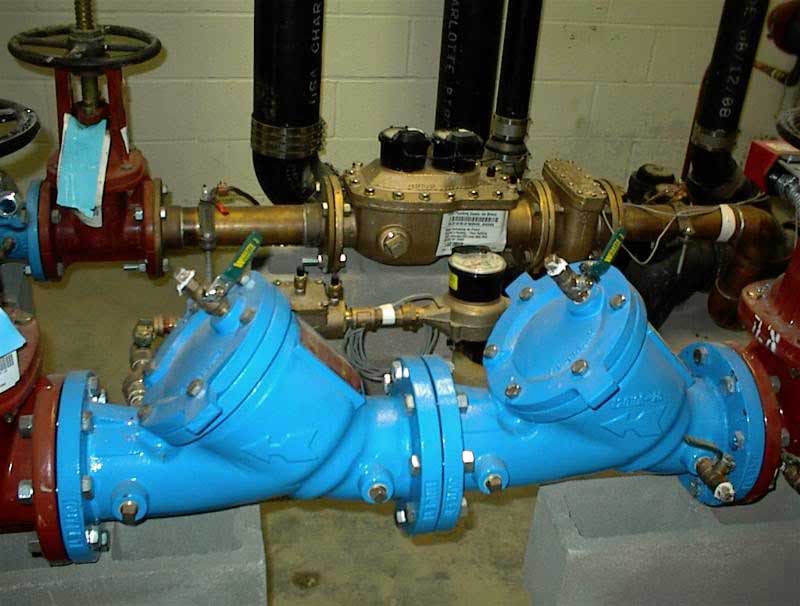Zombie Hedgehog
New Member
Hello,
I am having my basement finished and I want to address any existing problems with my house. My main water supply is from a 3/4 inch copper line, but transitions to 1/2 inch copper for the rest of the house. I'm finding that the static pressure is fine at about 40PSI, but drops once a few faucets are running. Would it make sense to replumb the main line to 3/4 copper or 1 inch PEX? I want to have this work completed before framing the downstairs walls since I will only have access to the water main. All of the plumbing will be accessible during construction.
The incoming supply is 3/4 inch copper to a 3/4 shut off, then shrinks to 1/2 copper to a 5/8 meter, then 1/2 copper to a backflow prevention valve. I'm probably looking to have the valve replaced, keeping the meter and existing plumbing. Having the meter upgraded to a 3/4 supply is probably out of my budget, but I'm open to ideas.
Thank you.
I am having my basement finished and I want to address any existing problems with my house. My main water supply is from a 3/4 inch copper line, but transitions to 1/2 inch copper for the rest of the house. I'm finding that the static pressure is fine at about 40PSI, but drops once a few faucets are running. Would it make sense to replumb the main line to 3/4 copper or 1 inch PEX? I want to have this work completed before framing the downstairs walls since I will only have access to the water main. All of the plumbing will be accessible during construction.
The incoming supply is 3/4 inch copper to a 3/4 shut off, then shrinks to 1/2 copper to a 5/8 meter, then 1/2 copper to a backflow prevention valve. I'm probably looking to have the valve replaced, keeping the meter and existing plumbing. Having the meter upgraded to a 3/4 supply is probably out of my budget, but I'm open to ideas.
Thank you.


